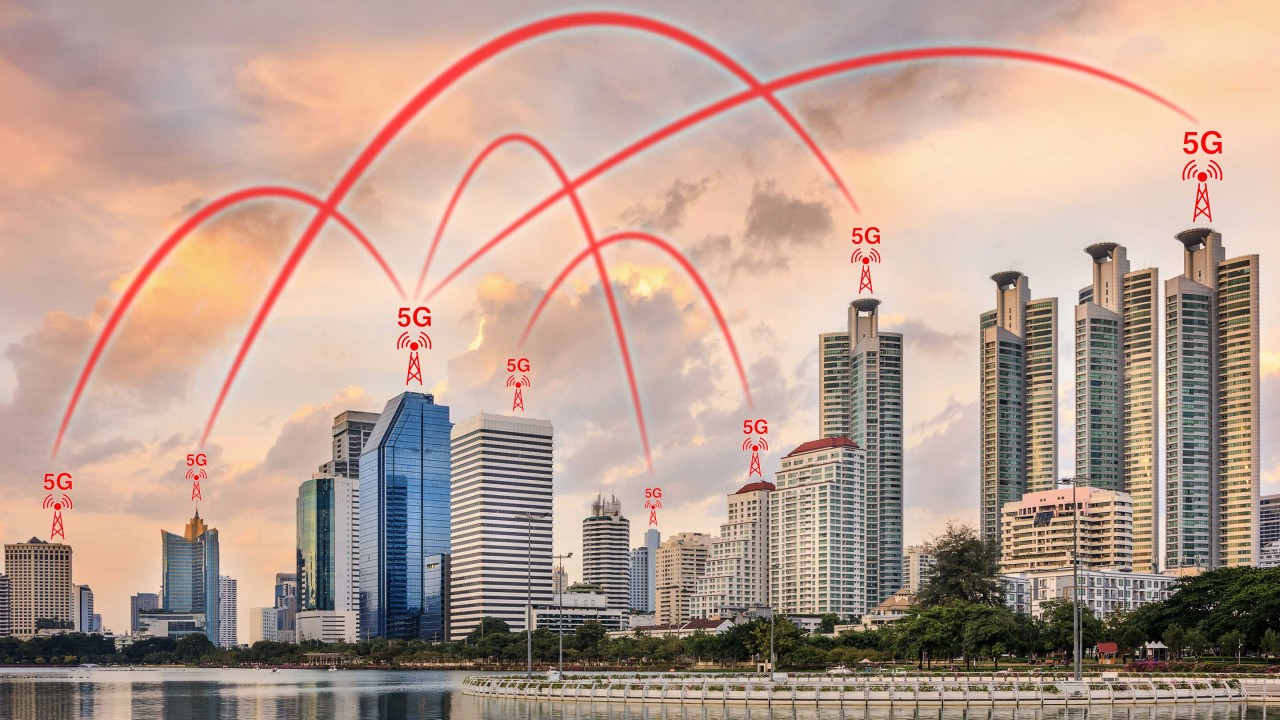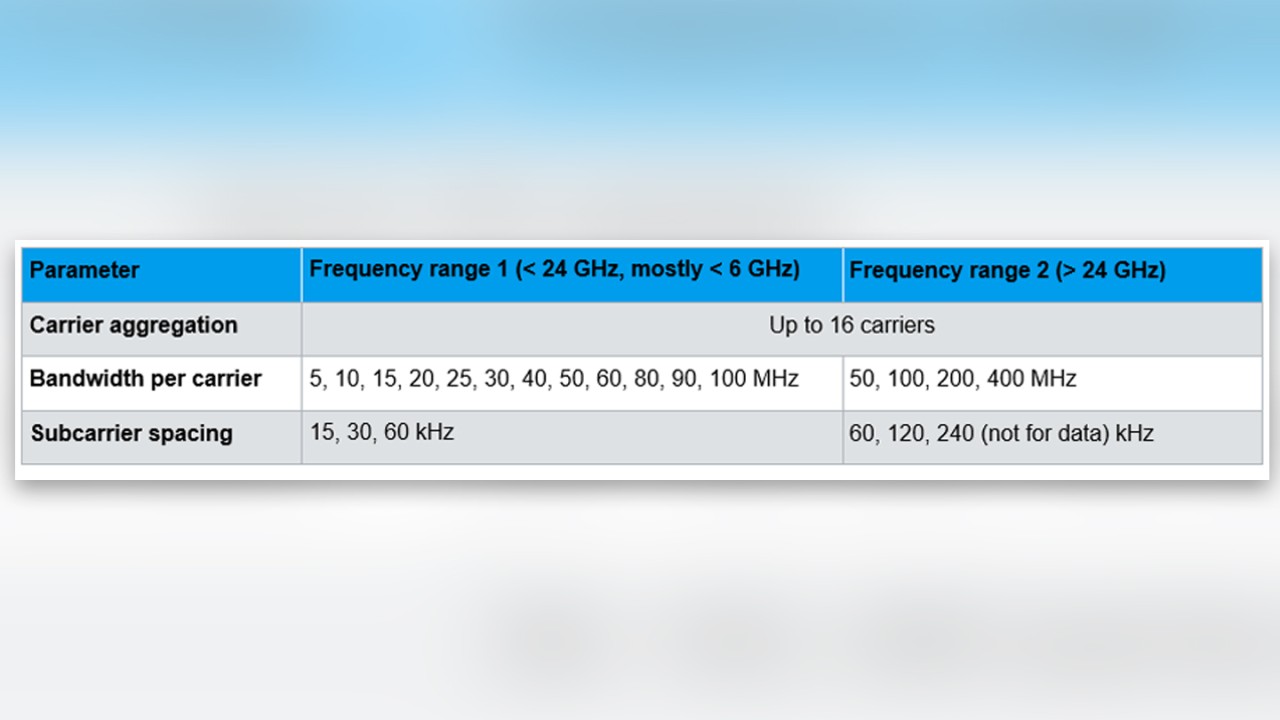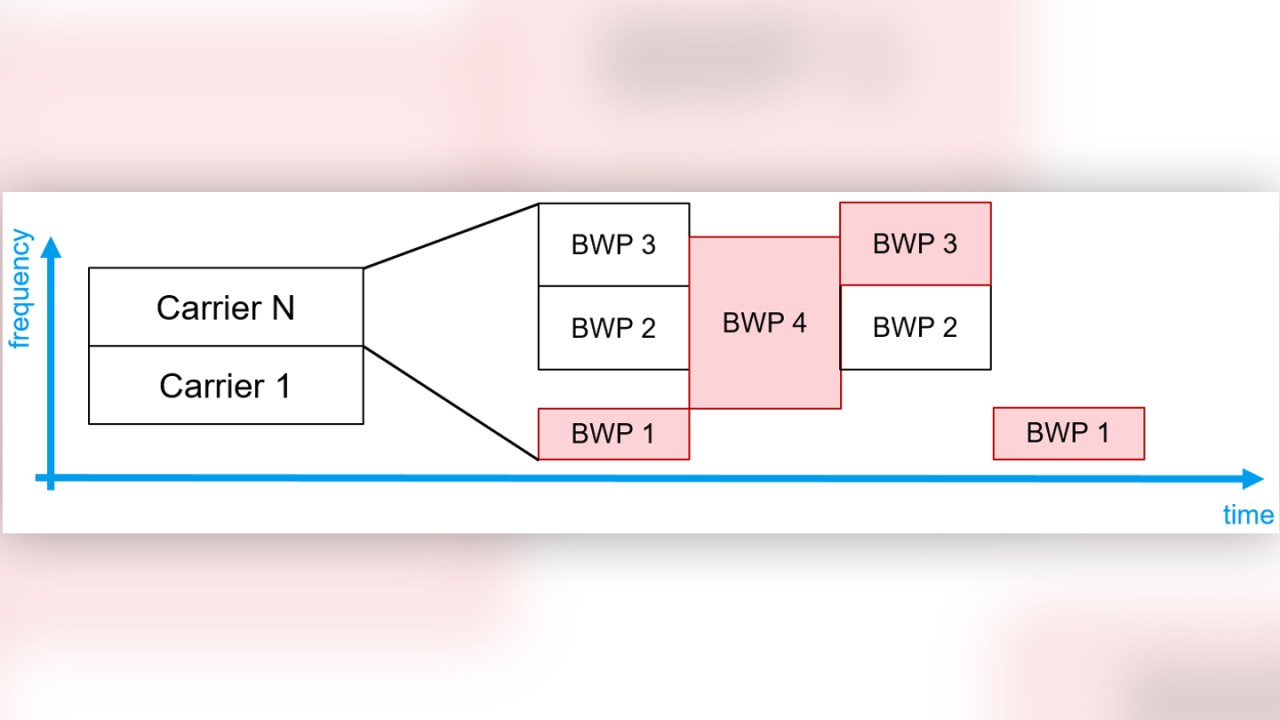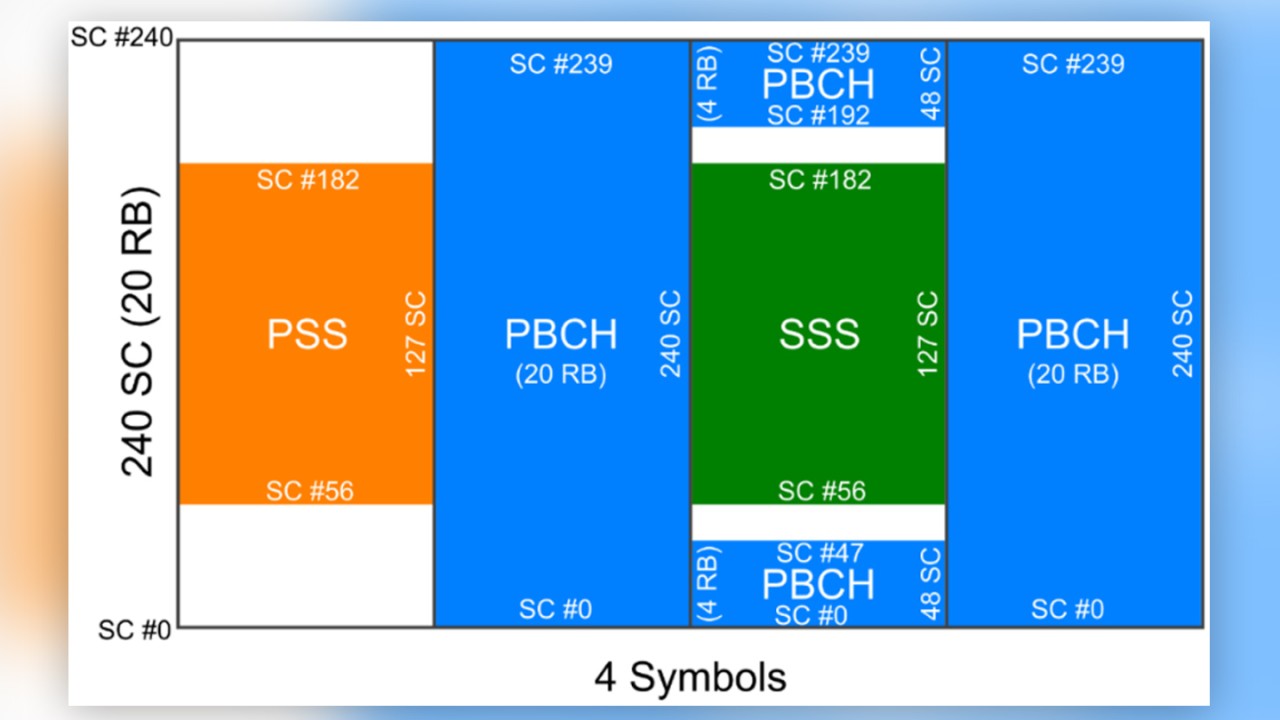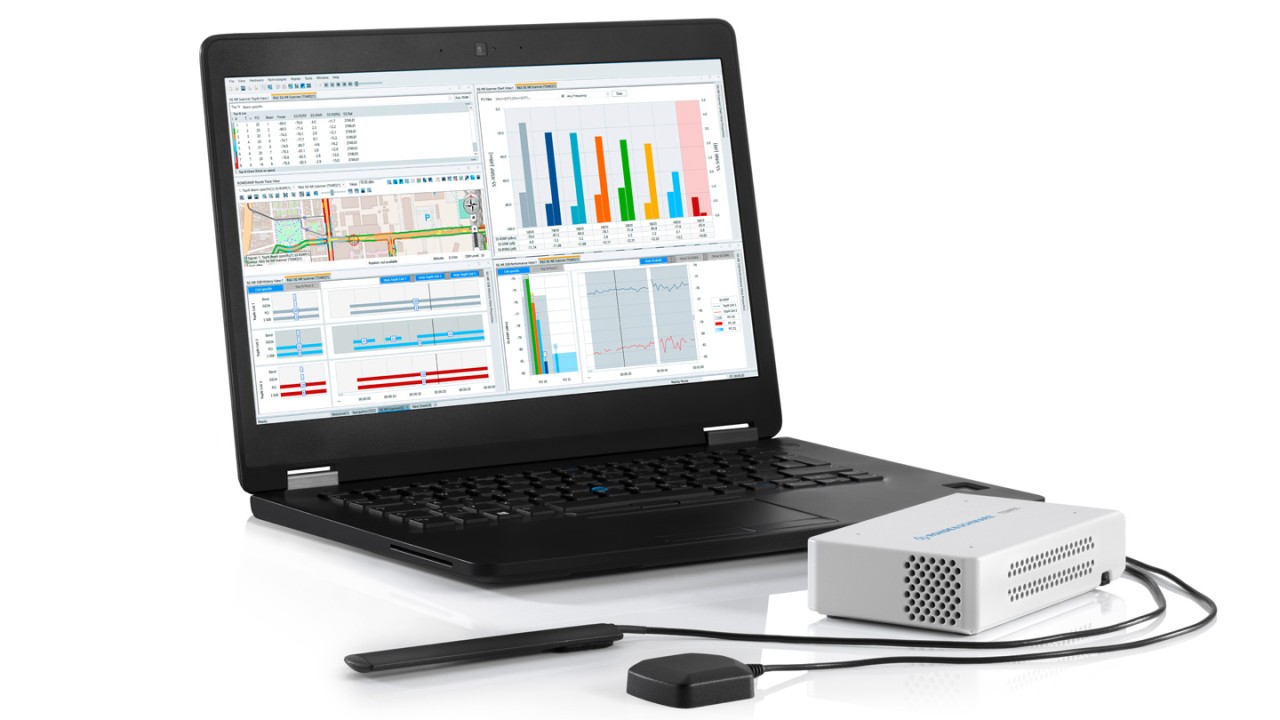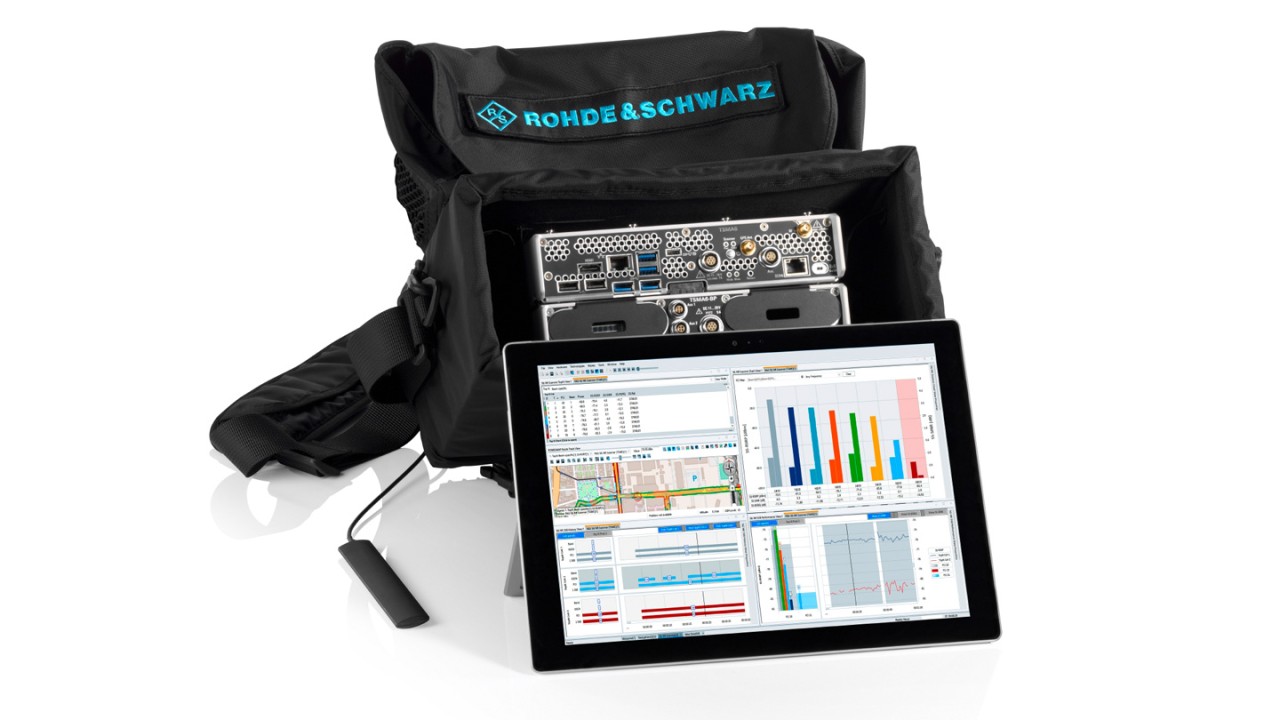Written by Arnd Sibila | September 12, 2018
The mobile communications industry undertook a paradigm shift in defining the next generation of mobile communication. 3GPP Release 15, issued in March and June 2018, specified the initial 5G standardization framework for the radio access network (RAN) called 5G NR. Preceding the specification was an industry-wide consensus on use cases and requirements.
5G NR is the global standard for a unified, more capable 5G wireless air interface. It will deliver significantly faster and more responsive mobile broadband experiences, and it will extend mobile technology to connect and redefine a multitude of new industries.
How does 5G NR differ from 5GTF?
5GTF was a specification created by a group of companies for a specific use case, the fixed wireless access (FWA), before 3GPP completed the 5G NR specification. For this, the technology focuses on a set of fixed key parameters, including 75 kHz subcarrier spacing (SCS) and 100 MHz carrier bandwidth. The specification applies the LTE numerology; it multiplies all frequency parameters by 5 and consequently divides all time parameters by 5.
The 5G NR specification, on the other hand, embraces flexibility. It aims to include different use case families – from enhanced mobile broadband (eMBB) and massive machine type communications (MIoT) to ultra-reliable low-latency communications (URLLC) –, spanning across industries.
These different use cases require a wide variety of air interface characteristics in terms of frequency range, subcarrier spacing, carrier bandwidths, symbol durations, etc.; the network architecture needs to offer many options. Table 1 shows the flexibility of frequency-specific parameters.
To cope with the different 5G NR use cases and demands per service, 3GPP defines the concept of bandwidth parts (BWP). Each BWP has a fixed numerology (fixed subcarrier spacing, number and location of the resource block, symbol duration, etc.).
User equipment (UE) can be configured with up to four carrier bandwidth parts in downlink/uplink, but at a given time only a single downlink/uplink carrier bandwidth part can be active. The downlink control information (DCI) can switch the active BWP.
Another significant difference to LTE is the position of the 5G NR synchronization signals, namely the primary (PSS) and secondary synchronization signals (SSS) within the carrier. Synchronization signals are very important. They are the first information that mobile devices need to identify in order to access the network.
In LTE, the synch signals are always located in the center of the carrier bandwidth; this makes them easy to find. In 5G NR, the synch signals are part of the SS/PBCH block (also called SSB) containing the physical broadcast channel (PBCH) information. These SS/PBCH blocks can be located at multiple positions all over the carrier bandwidth and are broadcast periodically to defined symbols in the radio frames and different beams over time.
5G NR trial measurements in the field
Understanding 5G NR coverage in real-life environments is just as important as it is for all other technologies. The introduction of new frequencies and features, such as 3.5 GHz and beamforming respectively, make testing particularly important and challenging, despite numerous simulations executed by industry players. Conducting measurements in pre-commercial network trials is the only way to gain new insights and to overcome doubts and uncertainties before the technology’s commercial launch.
With pre-commercial 5G NR network trials underway, Rohde & Schwarz mobile network testing (MNT) has already had the opportunity to execute 5G NR field measurements. In collaboration with a tier-1 mobile network operator, measurements in the 3.5 GHz frequency band were conducted in a European country in August 2018.
During these measurements, we observed the following: Bearing in mind the higher than normal frequency band, it was surprising how the 5G NR beamforming capabilities benefit the achievable coverage. This also applies to the synchronization signals and broadcast channels.
For the trials, the tier-1 mobile network operator trusted our commercially available 5G NR network measurement solution. It comprises an R&S TSME6 or R&S TSMA6 network scanner for data collection and the R&S ROMES4 drive test software suite for analysis and visualization and, equipped with an antenna, the 5G NR measurement solution fits into a backpack or shoulder bag for comfortable and efficient drive and walk testing.
Read our press release and learn more about the world’s first 5G NR network measurement solution, and visit our dedicated 5G network testing web page.
Be ahead in 5G. Turn visions into reality.






